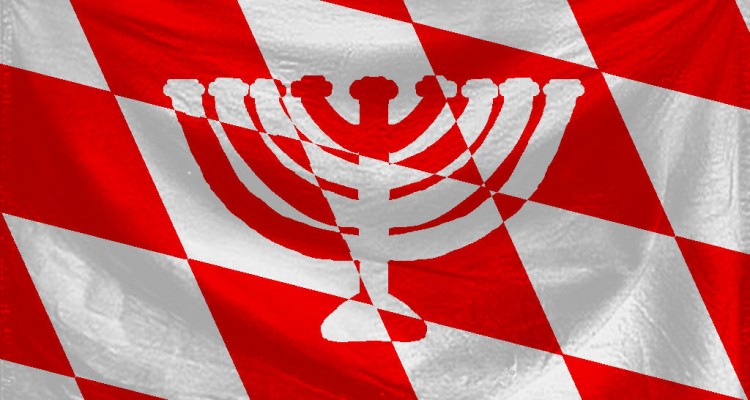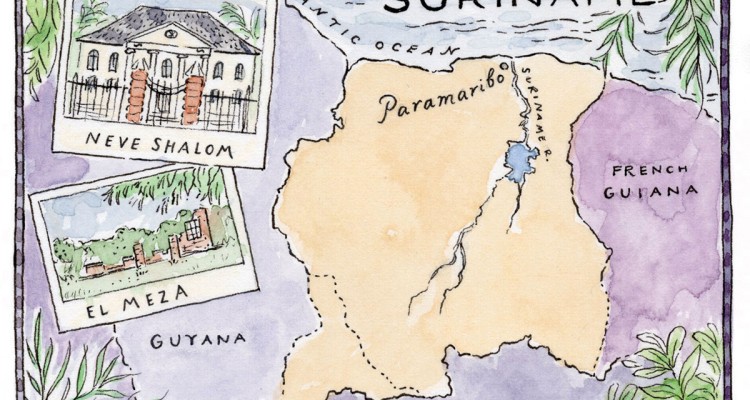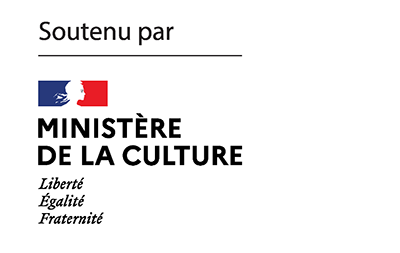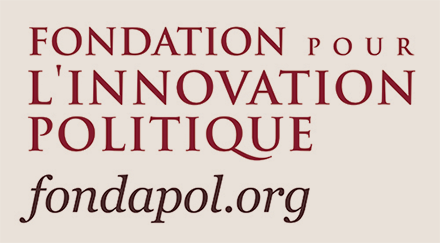Is the binational idea, which is currently enjoying a resurgence in popularity, more than just an anti-Zionist fad? If you listen to the most radical proponents of the “one-state solution”, there’s little doubt that it’s all about getting rid of the State of Israel, which is seen as an obstacle to the political realization of the Palestinian nation, and thus putting Jews back in the minority. But is this really all there is to the binational idea? To shed some light on this question, we asked Denis Charbit to review Shlomo Sand’s latest book, Two people for one state? Rereading the History of Zionism (Seuil). In it, Sand reminds us – but only to play Zionism off against itself – that the binational idea was first and foremost a Zionist idea, defended by authors such as Scholem and Buber. However, Charbit highlights what is really important: the fact that, from the point of view of these thinkers, that of an internal critique of Zionism, binationalism is the horizon for regulating the excesses of nationalism. That the realization of this horizon had to be abandoned does not mean that the perspective that emerged from it was forgotten. And it is the Zionist idea itself which, contrary to Sand’s view, is deepened and enriched, in order to better apprehend the tensions of the present situation.
Beyond guilt, can a sense of political responsibility emerge from the recognition of past crimes? It’s this question, which Europe cannot escape, that the case of Austria invites us to reflect on this week. In this latest instalment of our series on antisemitism in Europe, conceived in partnership with DILCRAH, Liam Hoare looks at Austria’s strategy for combating hatred and prejudice against Jews. In this first part of his investigation, we learn how Austria intends to implement a policy aimed at strengthening Jewish life and institutions. Between an educational policy confronted with difficulties on the ground, taking into account the concerns of the Austrian Jewish community and an in-depth work on the relationship with the Nazi past, the task looks set to be a long one. Next week, we’ll look at the challenges that lie ahead.
What does a community, a Jewish community need in order to sustain itself and grow? With Jewish life struggling to survive or being endangered in some places, while in other parts of the world there are at times small rennaisances of communal activity, we are particularly interested in Anshel Pfeffer’s article on the historic Jewish community of Suriname and its evolution over the centuries – a place that not only carries multi-layered history but also could have been the blueprint for a Jewish state in the 18th century.
Happy reading!








